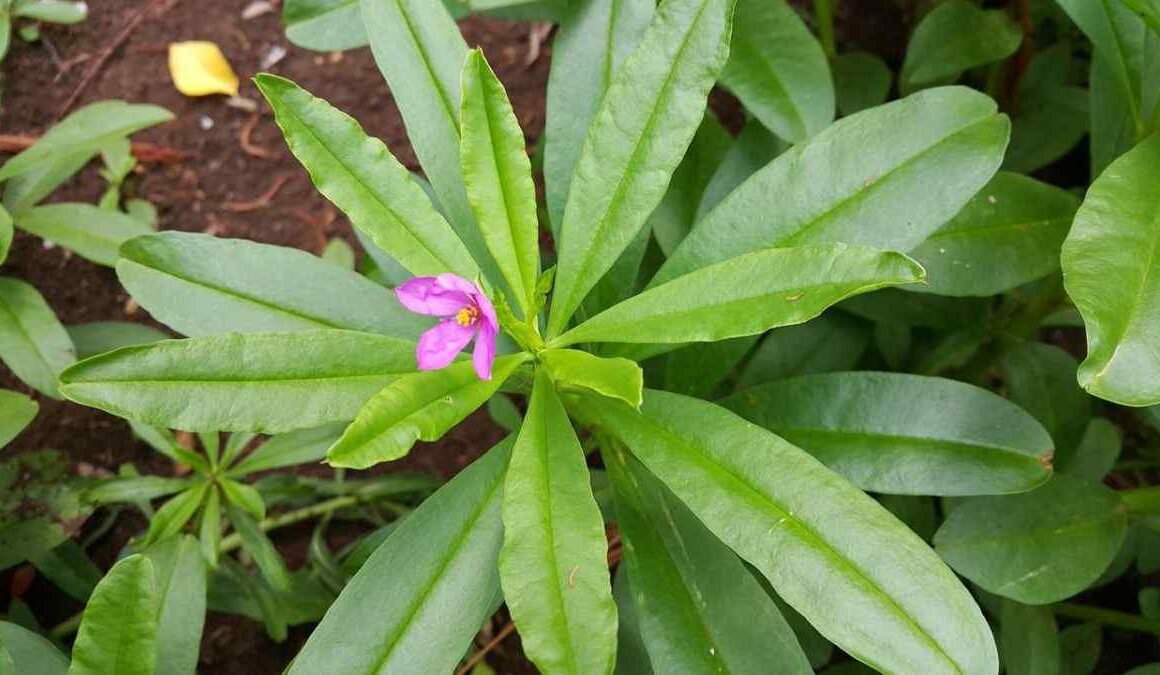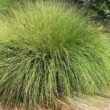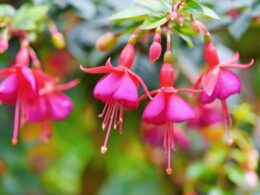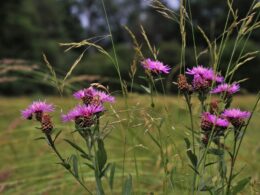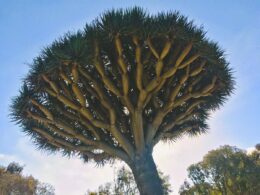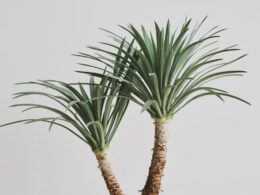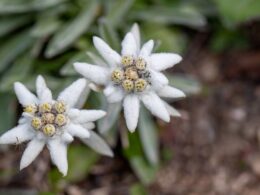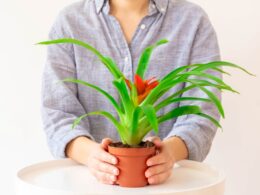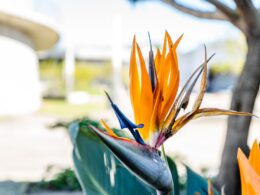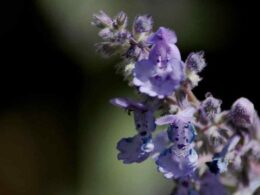What Is Ginseng? Origins, Characteristics and Properties
American ginseng (Panax quinquefolius) is a perennial plant belonging to the ivy family. It grows aromatic roots, fan-like leaves and fleshy red berries. Before we look into how to grow ginseng at home, let’s see what makes it special.
Ginseng has been used for centuries as an herbal remedy. It’s native to eastern North America, but it became a favorite in traditional Chinese medicine because of its nutrient-rich roots, packed with a variety of beneficial compounds. Modern research also suggests that ginseng can be a valuable tool for promoting overall health and well-being. With its strong antioxidants and anti-inflammatory properties, ginseng can help to protect the body from disease while also easing the symptoms of various conditions.
Where Does Ginseng Grow?
Ginseng is a forest plant, which means it’s naturally found in wooded areas with rich, moist soils. It prefers shady conditions and can be difficult to grow in full sun. Ginseng is hardy in USDA zones 4 through 9. If you live in a colder climate, you can still grow ginseng indoors.
How to Grow Ginseng – What Ginseng Cultivation Looks Like
Since ginseng is such a lucrative plant, it’s normally grown commercially. The process isn’t easy nor cheap, and it’s often risky to grow ginseng on a large scale. Ginseng farmers have to be very careful with their crops since the plant takes years to mature, and it’s susceptible to disease.
Two methods are wild-simulated forest farming and field production, which uses polypropylene shade cloth.
- Wild-simulated forest farming involves planting wild ginseng seeds in their natural habitat – woodland. The growers then wait for the plants to mature, which can take up to five years.
- Field production is a more intensive method of cultivation that uses artificial shade and irrigation. The ginseng plants are grown in fields in large amounts. This method is more expensive, but it allows farmers to produce a higher yield – unless disease or pests destroy the crop.
If you’re reluctant to buy commercially cultivated ginseng, the good news is that you can learn how to grow ginseng at home. It’s a slow process (at least 5 years until first harvest), but it’s definitely doable and doesn’t require a lot of space. Let’s see how to cultivate ginseng in your own backyard!
How to Grow Ginseng at Home – Step by Step
First things first, you need to get your hands on some ginseng seeds. You can find them online or at a local nursery. Once you have the seeds, it’s time to start planting. The best time to plant ginseng is in the fall or early winter. This way, the roots will have enough time to establish themselves before the winter sets in. How to grow ginseng from seed?
Step 1. Stratifying the Ginseng Seed
The first step is to stratify the seed, which means you need to mimic the conditions of a forest. Ginseng seeds need cool temperatures and moist soils to germinate.
To stratify ginseng seeds, fill a container with moist sand and place the seeds in it. Put the container with seeds in a refrigerator set at 40°F for 18-22 months before planting. Check on the seeds occasionally to make sure the sand is still moist.
If you want to play it safe, soak the seeds in formaldehyde and then in fungicide before cold stratification. This will kill any potential pathogens and increase the germination rate.
Step 2. Planting the Ginseng Seed
Step two is to plant the stratified seeds. You can do it in your garden or in pots filled with a mixture of sand and organic matter – loamy soils are best. Ginseng likes moist soils with good drainage, so make sure the planting medium is loose and airy. The soil should have a pH of around 5 to 6.
Plant the seeds 1.5 inches deep and at least 14 inches apart. Water them thoroughly. Keep the soil moist but not soggy until the seeds germinate, which can take up to 60 days. Once the seedlings emerge, protect them from slugs by mulching the site with sawdust.
If you’re planting your ginseng indoors, make sure to choose a spot that gets plenty of indirect sunlight. Full sun can damage the delicate plants.
Step 3. Waiting for Your Ginseng Root to Mature
Ginseng roots will take at least 5 years to mature. All you need to do during that time is to keep the plants weed-free and moist. You can fertilize them once a year with compost or manure, but if the soil is already fertile, don’t overdo it.
How to Harvest Ginseng Root and Store It Safely?
Harvesting ginseng root is a delicate process. Ginseng roots are fragile, so you need to be careful not to damage them. The best time to harvest ginseng is in the fall, after the leaves have turned yellow.
To dig up the roots, use a small spade or trowel. Gently loosen the soil around the plant and then lift it out of the ground. Rinse the roots with clean water (don’t scrub) and allow them to dry on racks in a shady spot above the floor level. The optimal temperature for drying is between 70 and 100 degrees Fahrenheit.
Good air circulation is important, so don’t pile the roots on top of each other. Rotate them from time to time to make sure they’re drying evenly. After 2-3 weeks, they should be completely dry – easily snapping in half to reveal a white inside.
Once the roots are dry, you can store them in mesh bags or boxes in a cool, dark place. If you want to keep them for a longer period of time, you can freeze or powder them.
Enjoy the Medicinal Properties of Homegrown Ginseng Plants
Now you know how to grow ginseng. This fragrant, medicinal plant takes long to cultivate, but it’s also very rewarding. The next time you need a ginseng root for tea or medicine, you’ll be able to harvest it yourself!





